
Does New Zealand Accept Australian RCM Certification?
rcm certification is a marking introduced in both Australia and New Zealand to achieve a unified identification for electrical products. The rcm mark, owned by regULatory authorities in Australia and New Zealand, indicates compliance with both safety and EMC (Electromagnetic Compatibility) requirements. It is not mandatory for all products.

RCM Certification Classification
Electrical products under RCM certification are divided into regulated and non-regulated categories. Not all products with the RCM mark require registration. Non-regulated products do not need registration. Currently, only Level 3 electrical products must be registeRED, encompassing 56 high-risk categories, such as power adapters and vacuum cleaners.
Generally, the RCM mark must be displayed on product labels. Unlike the previous requirement, the new RCM does not necessitate marking the agent's number. This requirement, introduced on March 1, 2013, came with a three-year transition period and became mandatory on March 1, 2016. Manufacturers must comply with the testing standards outlined in this regulation. Under the new RCM requirements, importers bear a higher risk for non-compliance, and they must also pay registration and annual fees, reducing the number of companies offering this service.
1. Safety Certification
The safety certification of products includes two parts: regulated electrical products (Prescribed Products) and non-regulated products (Non-prescribed Products).
1) Regulated Electrical Products
Regulated products are categorized under AS/NZS4417.2 and include items like heating equipment, refrigeration equipment, power tools, and components. Certification is predominantly issued by Queensland, New South Wales, and Victoria authorities. These products must obtain an approval certificate from the regulatory body and must display the certificate number. The first letter of the certificate number indicates the issuing state or territory:
- Q04051 (Queensland) — Q Number
- W2015 (Western Australia) — W Number
- V03101 (Victoria) — ESV Certificate V Number
- NSW18099 (New South Wales) — DOFT Certificate NSW Number
2) Non-Regulated Electrical Products
Non-regulated products can be sold without certification, but manufacturers must ensure that their products meet the Australian standard AS/NZS3820:1998 (Essential Safety Requirements for Low Voltage Electrical Equipment). Regulatory bodies may issue a Certificate of Suitability for compliant products. Certified products may display a certificate number, with the last letter indicating the issuing state or territory:
- CS/431/Q (Queensland)
- CS/108/NSW (New South Wales)
2. emc testing (Electromagnetic Compatibility)
Australia’s emc compliance scheme, established under the Radio Communications Act 1992, covers a wide range of products, including electrical appliances, power tools, lighting equipment, televisions, audio equipment, IT products, industrial scientific and medical devices, ignition engines, and arc-welding equipment. Products are categorized into three classes based on the risk of electromagnetic interference (EMI). Second- and third-class products must carry the C-Tick mark. Regardless of the category, all products must comply with relevant EMC standards.
Classifications:
1. Class 1 Products: Products with minimal EMI impact on wireless spectrum devices, such as manual switches, simple relays, brushless squirrel-cage induction motors, AC power supplies/transformers, and resistors. Use of the C-Tick mark is voluntary for these products.
2. Class 2 Products: Products with a significant EMI impact, such as MICroprocessor devices with clocks, rectifiers, slip-ring motors, arc-welding equipment, switched-mode power supplies, dimmers, motor speed controllers, and IT equipment (CISPR 22).
3. Class 3 Products: Products with severe EMI impact, such as Group 2 industrial, scientific, and medical equipment (CISPR11).
Email:hello@jjrlab.com
Write your message here and send it to us
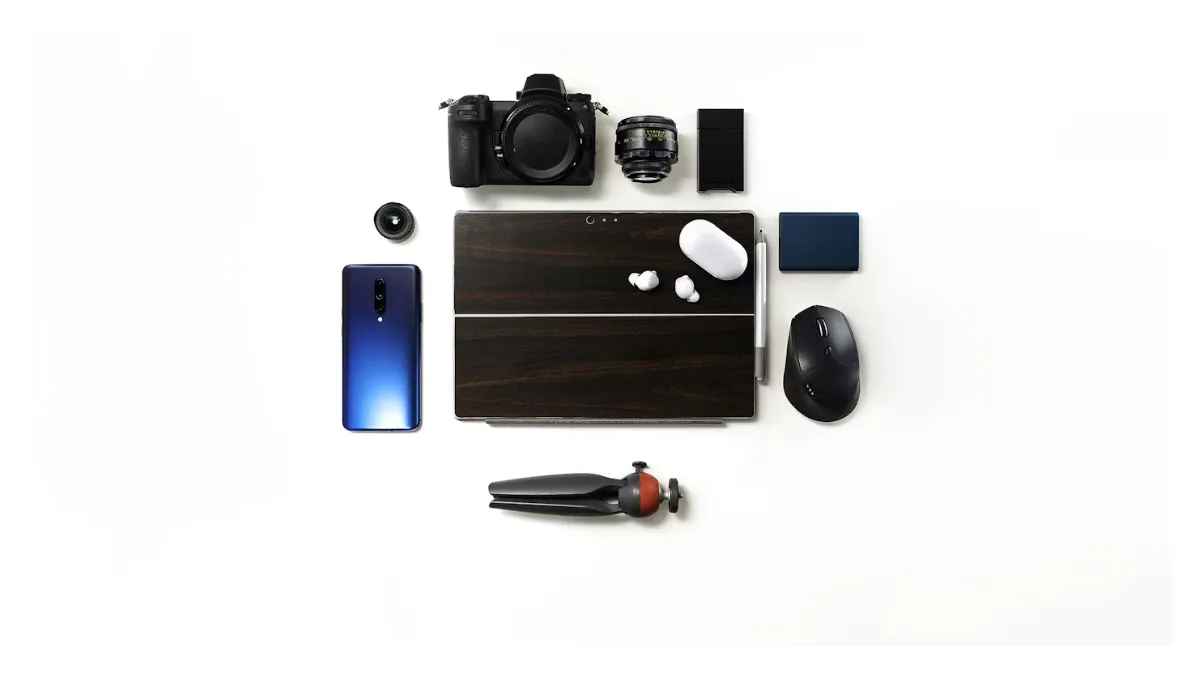 How to get a D-U-N-S® Number for US FDA Registrati
How to get a D-U-N-S® Number for US FDA Registrati
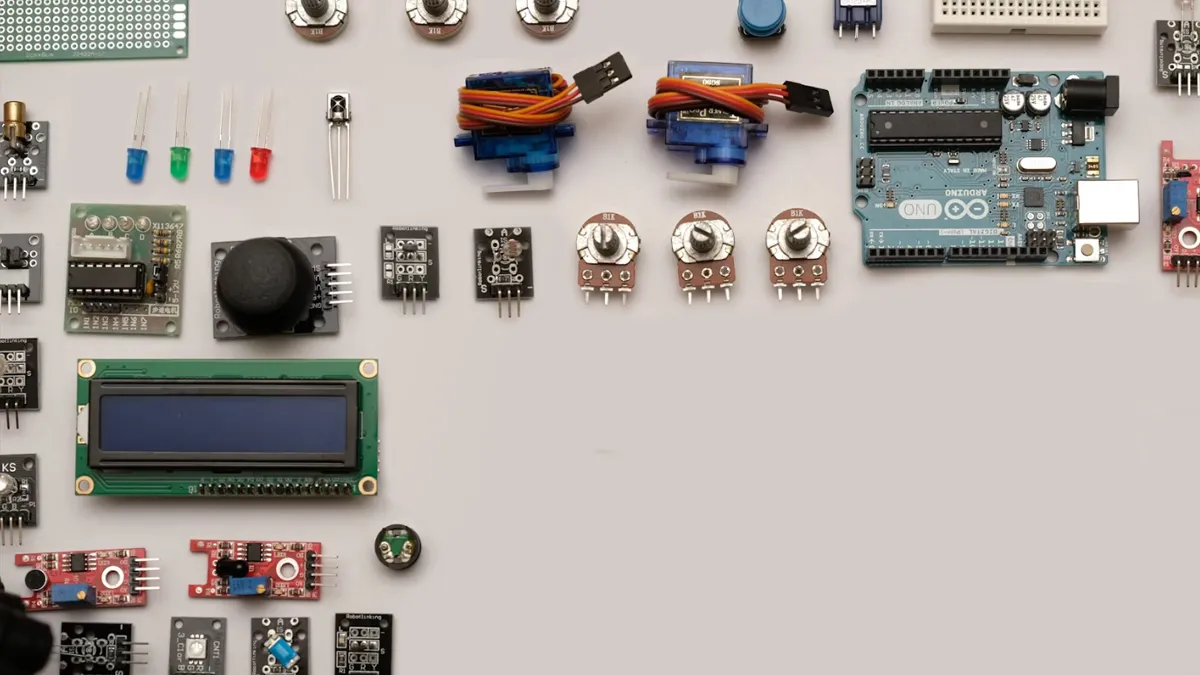 Household Massage Devices Compliance in the China
Household Massage Devices Compliance in the China
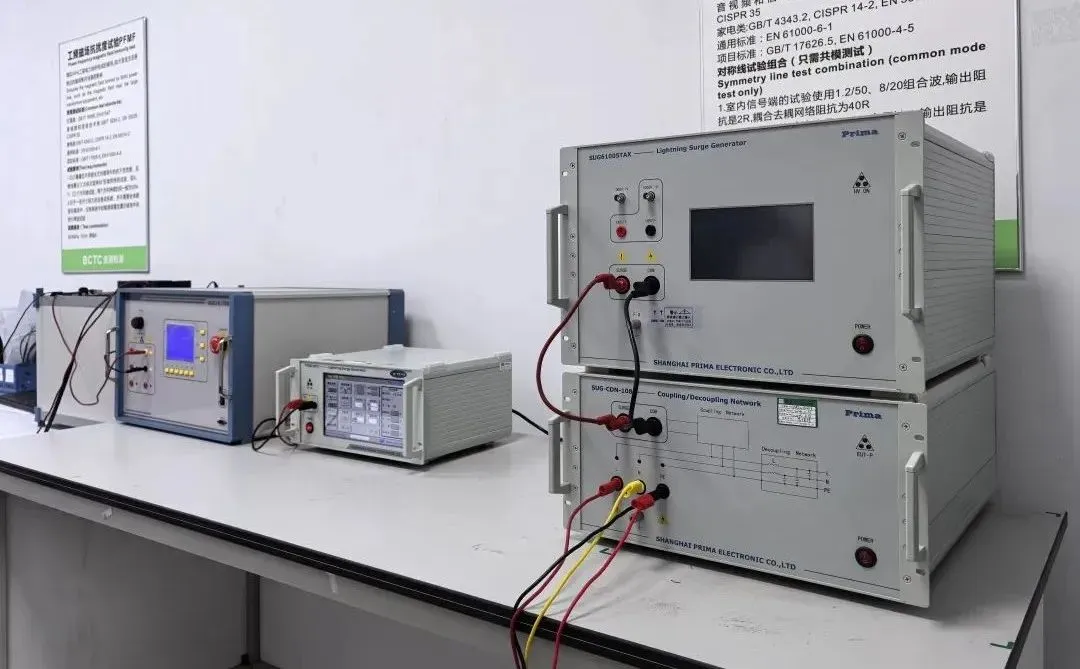 Compliance for the Global In Vitro Diagnostic (IVD
Compliance for the Global In Vitro Diagnostic (IVD
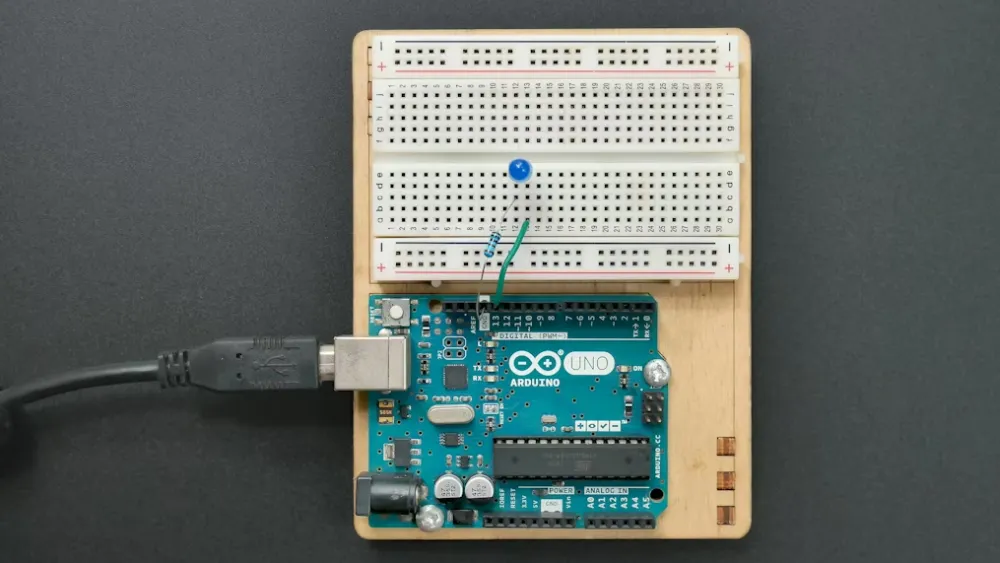 Compliance Guide for Nebulizers in European and Am
Compliance Guide for Nebulizers in European and Am
 Cybersecurity Certification Service for EU RED Dir
Cybersecurity Certification Service for EU RED Dir
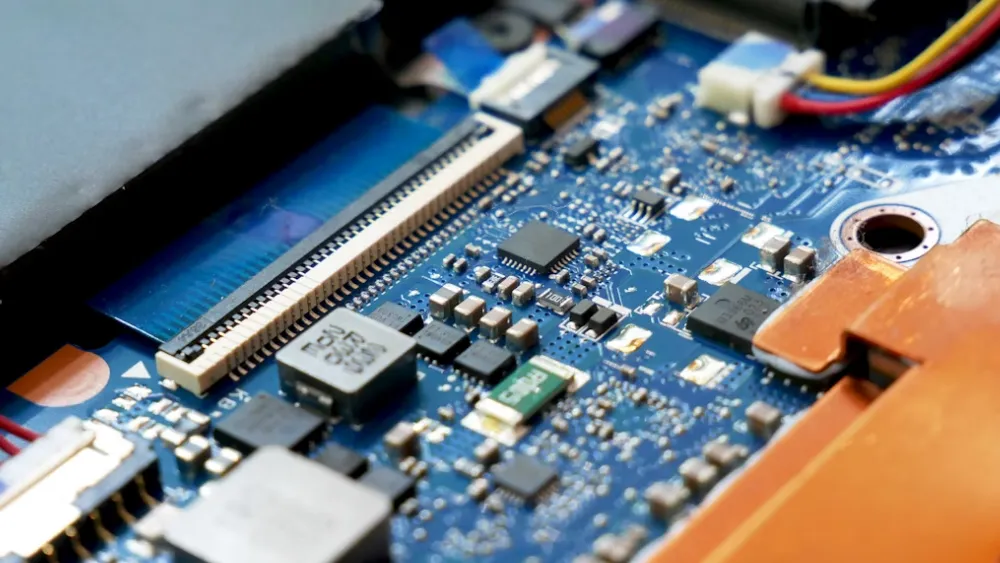 ANATEL Certification Compliance Guide for Brazil M
ANATEL Certification Compliance Guide for Brazil M
 Energy Storage Battery Brazil Inmetro Certificatio
Energy Storage Battery Brazil Inmetro Certificatio
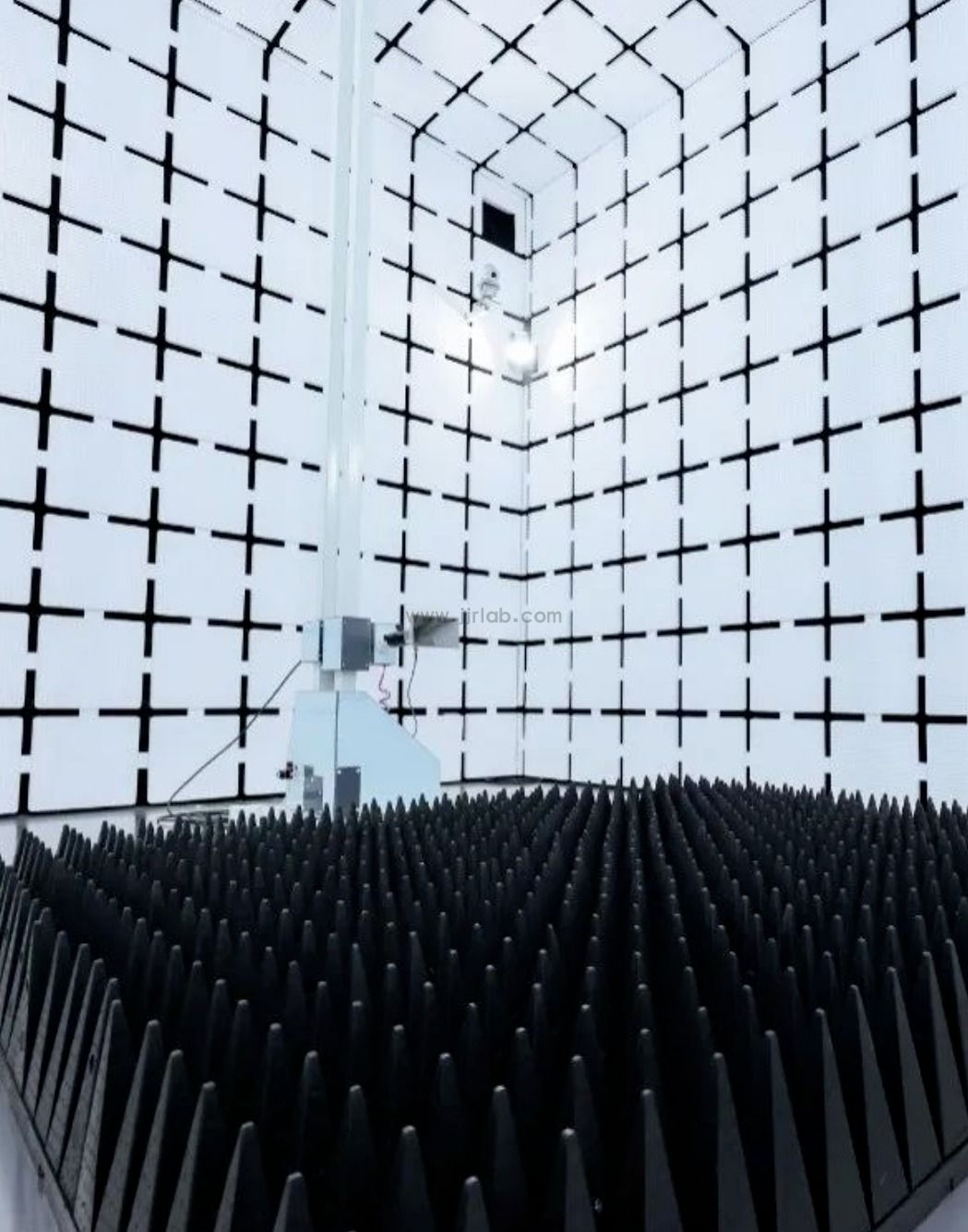 Southeast Asia Compliance Requirements for EV Char
Southeast Asia Compliance Requirements for EV Char
Leave us a message
24-hour online customer service at any time to respond, so that you worry!




